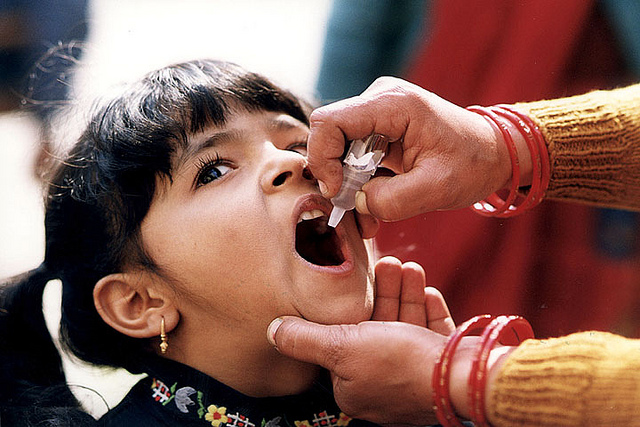Global Health
Our Unit works with clinicians and other researchers on a range of global health themes across low- and middle-income countries.

Overview
The Health Economics Unit works with the clinicians and researchers on a broad range of global health related projects in low- and middle-income countries (LMICs). Some of our work is methodological and considers approaches for improving current practice of cost-effectiveness analysis in low- and middle-income countries. We are also involved in clinical trials and other studies being conducted in LMICs, including carrying out economic evaluations alongside these studies. Our current collaborations include Murdoch Children’s Research Institute (MCRI), Burnet Institute, the Malaria Atlas Project, Shoklo Malaria Research Unit, and Walter and Eliza Hall Institute of Medical Research (WEHI). These projects involve studies of surfactant use for newborns with respiratory distress syndrome in Fjij, the cost-effectiveness of new vaccines in the Pacific region, mass drug treatment of scabies, the cost-effectiveness of malaria treatment and control, and interventions to reduce anaemia in infants and children.
Projects
Incorporating budget impact within cost-effectiveness analysis
Incorporating equity considerations within cost-effectiveness analysis
Systems Strengthening for Effective Coverage of New Vaccines in the Pacific: cost-effectiveness analysis of HPV, RV, PCV in Samoa, Tonga, Tuvalu and Vanuatu
Mass drug administration for scabies and control of serious bacterial complications: economic evaluation alongside a before-after trial in Fiji
Benefits and safety of iron supplementation with malaria chemoprevention to children in Malawi: economic evaluation alongside a randomised controlled trial
Economic evaluation of surfactant treatment for newborns with respiratory distress syndrome in Fiji
The global cost burden due to Plasmodium vivax malaria and the cost-effectiveness of strategies for patient management
The cost-effectiveness of options to prevent mother-to-child transmission of hepatitis B
Selected Publications
Devine A, Howes RE, Price DJ, Moore KA, Ley B, Simpson JA, Dittrich S, Price RN. Cost-effectiveness analysis of sex-stratified Plasmodium vivax treatment strategies using available G6PD diagnostics to accelerate access to radical cure. American Journal of Tropical Medicine & Hygiene. 2020. 103(1):394-403. doi: 10.4269/ajtmh.19-0943.
Devine A, Pasaribu AP, Teferi T, Pham HT, Awab GR, Gilchrest K, Green J, Koh G, Taylor RJ, Day NPJ, Thriemer K, Contantia F, Nguyen TN, Ngo VT, Tran H, Hailu A, Thriemer K, Taylor WR, Day NPJ, Price RN, Lubell Y. Economic costs of vivax malaria episodes: A multi-country comparative analysis using primary trial data. WHO Bulletin. 2019. 97:828-836. doi: http://dx.doi.org/10.2471/BLT.18.226688.
Boujaoud MA, Mirelman AJ, Dalziel K, Carvalho N. Accounting for equity considerations in cost-effectiveness analysis: a systematic review of rotavirus vaccine in low- and middle-income countries. Cost-effectiveness and Resource Allocation 2018. 16:18. https://doi.org/10.1186/s12962-018-0102-2
Carvalho N, Jit M, Cox S, Yoong J, and Hutubessy RCW. Capturing budget impact considerations within economic evaluations: A systematic review of economic evaluations of rotavirus vaccine in low- and middle-income countries and a proposed assessment framework. Pharmacoeconomics. 2017 Sep 13. doi: 10.1007/s40273-017-0569-2.
[Image credit - CDC Global - https://www.flickr.com/photos/cdcglobal/8190819087 Copyright - Creative Commons]